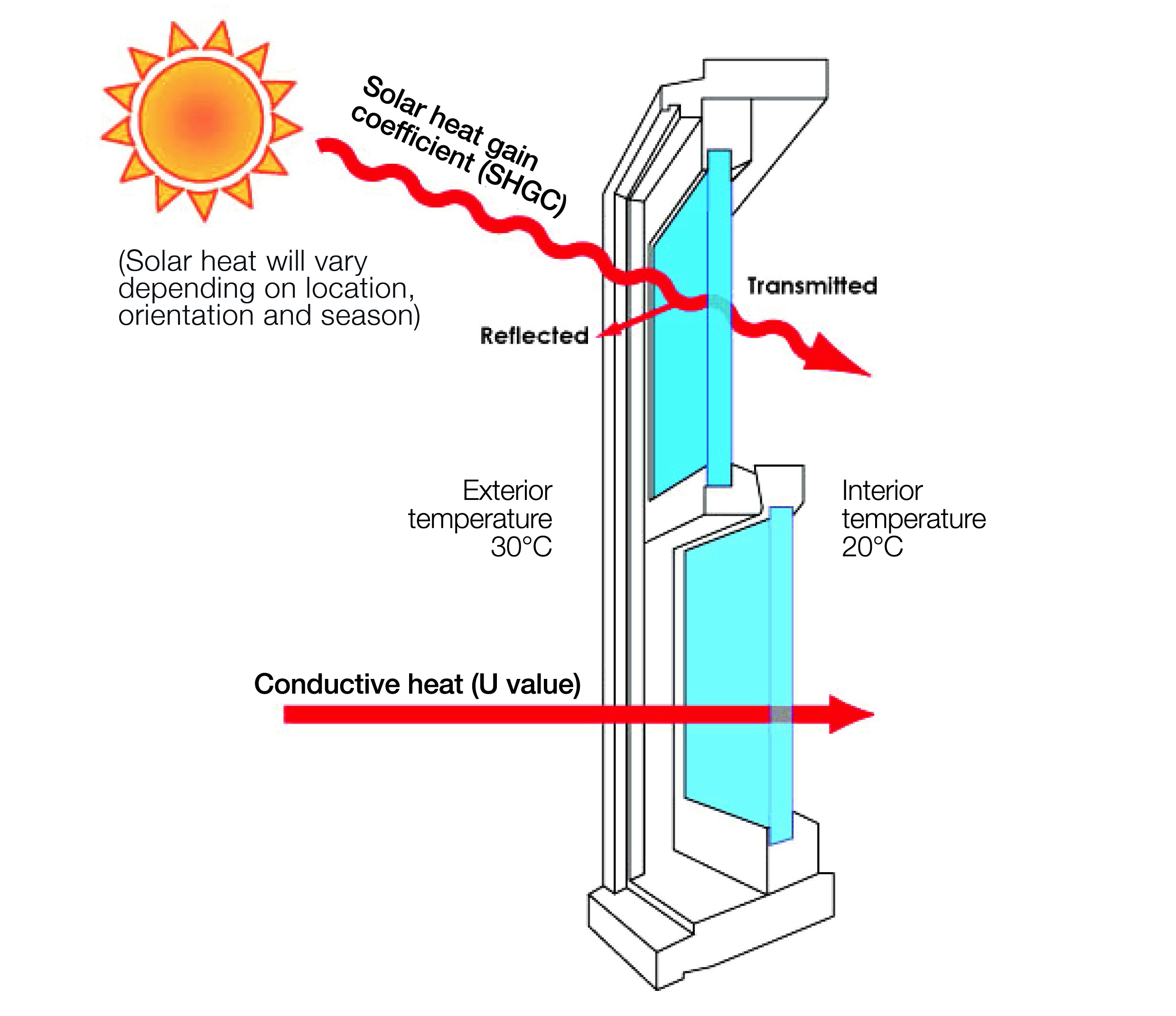All Categories
Featured
Table of Contents
What Are The Best Double Glazed Windows In Australia? in Wellard WA
Laminated glass is typically utilized in areas in the house most vulnerable to injury from human effect such as restrooms, doors, around staircases and in areas near the floor (it satisfies the requirements of 'shatterproof glass' that is mandated for use in these areas by Australian Standard AS 1288 Glass in structures).
Toughened glass has been 'tempered' by being reheated and quickly cooled once again. This process makes it much stronger than basic glass it can resist greater impact loads before breaking. It likewise makes it much safer because, when it does shatter, it burglarizes lots of small cubic pieces instead of harmful fragments.
Faq in Ardross Perth
Toughened glass has no thermal or acoustic benefits over other glass of the same toning or density. Secondary glazing is where single-glazed windows are retrofitted with a transparent acrylic or glass sheet connected to the inside of the frame or openable sash with a secondary frame or with magnetic strips.


Secondary glazing will not perform also thermally as a manufactured IGU, because it is difficult to absolutely seal the perimeter, but it can supply great noise control. Window films are a thin polymer movie containing a soaking up color or reflective metal layer, with an adhesive backing. They stay with your glazing to alter its colour or make it reflective.
Why Install Stunning Double Glazing Windows During Summer? in Alexander Heights Western Australia
Applied to existing glass, some window films can cut in half the total SHGC of the window by soaking up and/or reflecting solar radiation. This can be especially beneficial in hotter climates where cooling is the main issue, or on east and west elevations directly exposed to long periods of sunlight. Window movies may also reduce visible light transmittance.

For this reason, it is generally best to utilize a certified installer of window movie. Frames have a substantial effect on the thermal performance of doors and windows, due to the fact that energy can be gotten and lost through the frame, as well as through the glass. Different kinds of frame will permit various levels of heat gain and loss, so mindful option of frame is necessary for effective passive design.
Single, Double Or Secondary Glazing, Which Is The Best ... in Hillman Perth
However, aluminium is also a very great conductor of heat and will reduce the insulating worth of a glazing system, unless particularly crafted to lower this. A 'thermally broken' frame is made up of 2 aluminium sections connected by a structural insulator (normally a low-conductivity structural polymer). This 'breaks' the thermal connection through the aluminium and lowers the heat streaming through the frame.
Wood frames are a good natural insulator that can suit some house designs. Timber frames must be made from types that have naturally high toughness or be dealt with to prevent decay and contortion.
Insulated Glass Unit – Igu in Cooloongu Western Australia
(weather stripping) is set up.
u, PVC windows and doors have exceptional thermal efficiency Photo: Ben Wrigley (Light House Architecture and Science) Composite frames utilize aluminium profiles on the external sections with either a wood or u, PVC inner section. These integrate the low upkeep and toughness of aluminium with much enhanced thermal efficiency.
Table of Contents
Latest Posts
Fitting A Cabin In Your Garden? Get Double Glazing Fitted Too in Connolly Perth
Brisbane's Best Double Glazed Windows in Stirling Western Australia
Twinglaze® Double Glaze Specification Act - Vic in Bickley Western Australia
More
Latest Posts
Fitting A Cabin In Your Garden? Get Double Glazing Fitted Too in Connolly Perth
Brisbane's Best Double Glazed Windows in Stirling Western Australia
Twinglaze® Double Glaze Specification Act - Vic in Bickley Western Australia